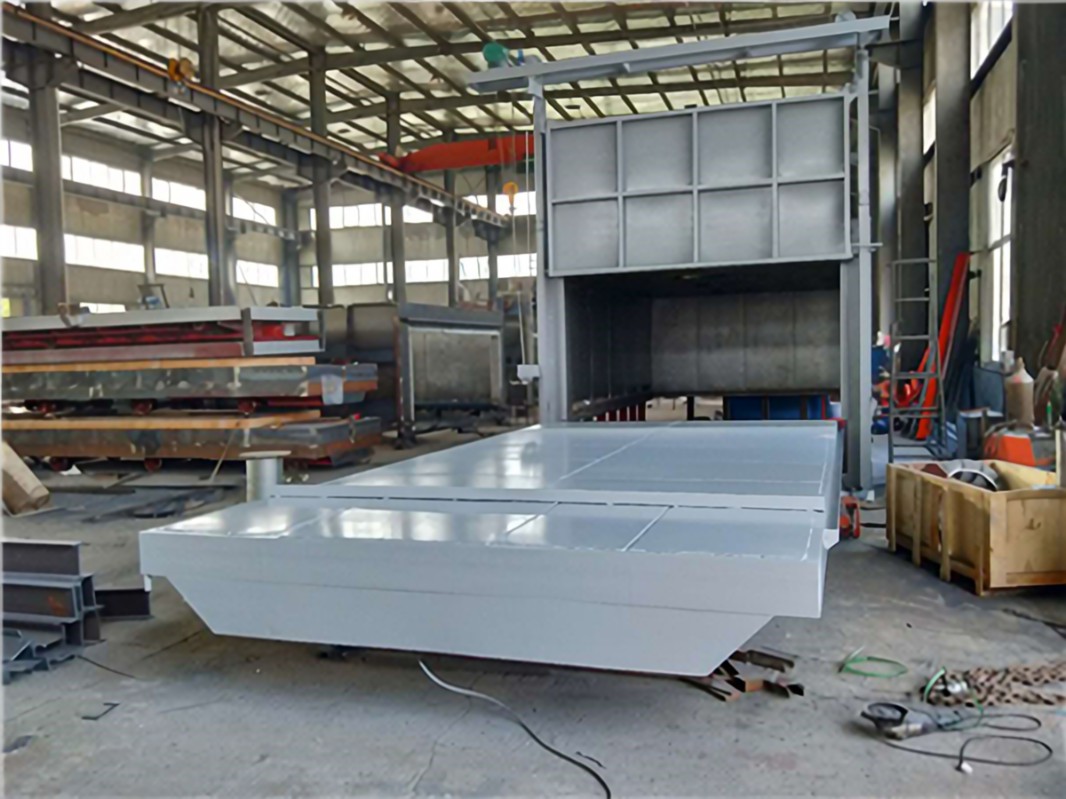The function of Aging Furance
February 04 , 2023
The role and working principle of aging furance
The aging furnace is used for heat treatment such as tempering of workpieces and parts and quenching and aging of aluminum alloy parts. Its function is similar to quenching furnace, and it also belongs to periodic operation electric oven.
The working principle of the aging furnace: the hardness of the aluminum alloy aging furnace is not high after quenching, but after being placed at room temperature for a period of time, the hardness increases significantly. This phenomenon is later called precipitation hardening. This discovery has generated great interest in the engineering community. Later, people successively discovered some aluminum alloys, copper alloys and iron-based alloys that can be strengthened by aging treatment, and created a new strengthening method that is essentially different from general steel quenching strengthening - aging strengthening. Solidification before aging treatment During the solution treatment, the heating temperature must be strictly controlled so that the solute atoms can be dissolved into the solid solution to the maximum extent without causing the alloy to melt. The allowable deviation of heating temperature for solution treatment of many aluminum alloys is only about 5°C. For artificial aging treatment, the heating temperature and holding time must be strictly controlled in order to obtain an ideal strengthening effect. Sometimes segmented aging is used in production, that is, first keep warm for a period of time at room temperature or a temperature slightly higher than room temperature, and then keep warm for a period of time at a higher temperature. Doing so sometimes yields better results.
When maraging steel is quenched, it undergoes a structural transformation to form martensite. Martensite is a supersaturated solid solution. This steel can also be strengthened by aging treatment.


 Address : NO.7 Huihe Road, Qianzhou Industry park, Huishan District, Wuxi City, China
Address : NO.7 Huihe Road, Qianzhou Industry park, Huishan District, Wuxi City, China








 IPv6 network supported
IPv6 network supported